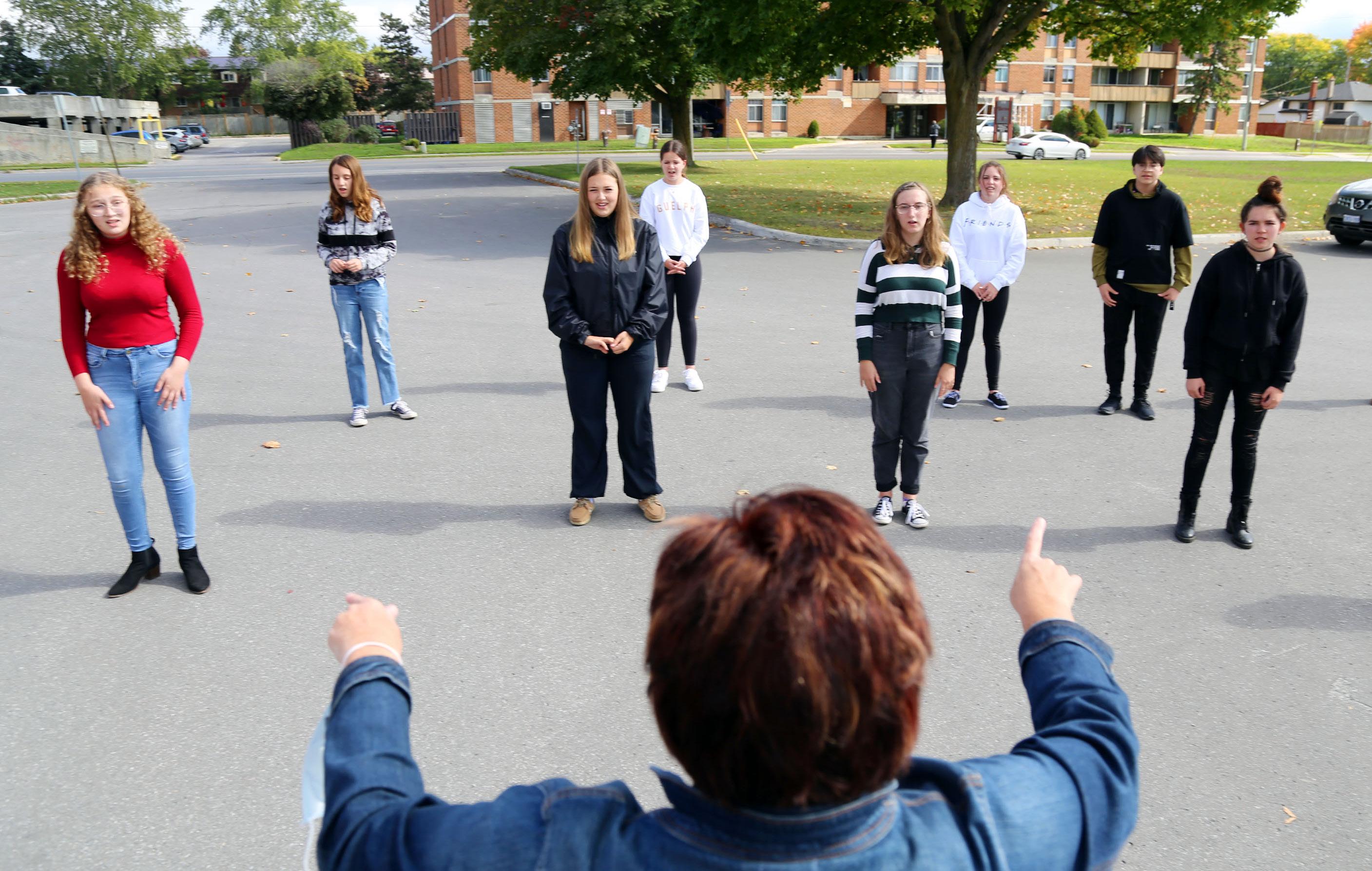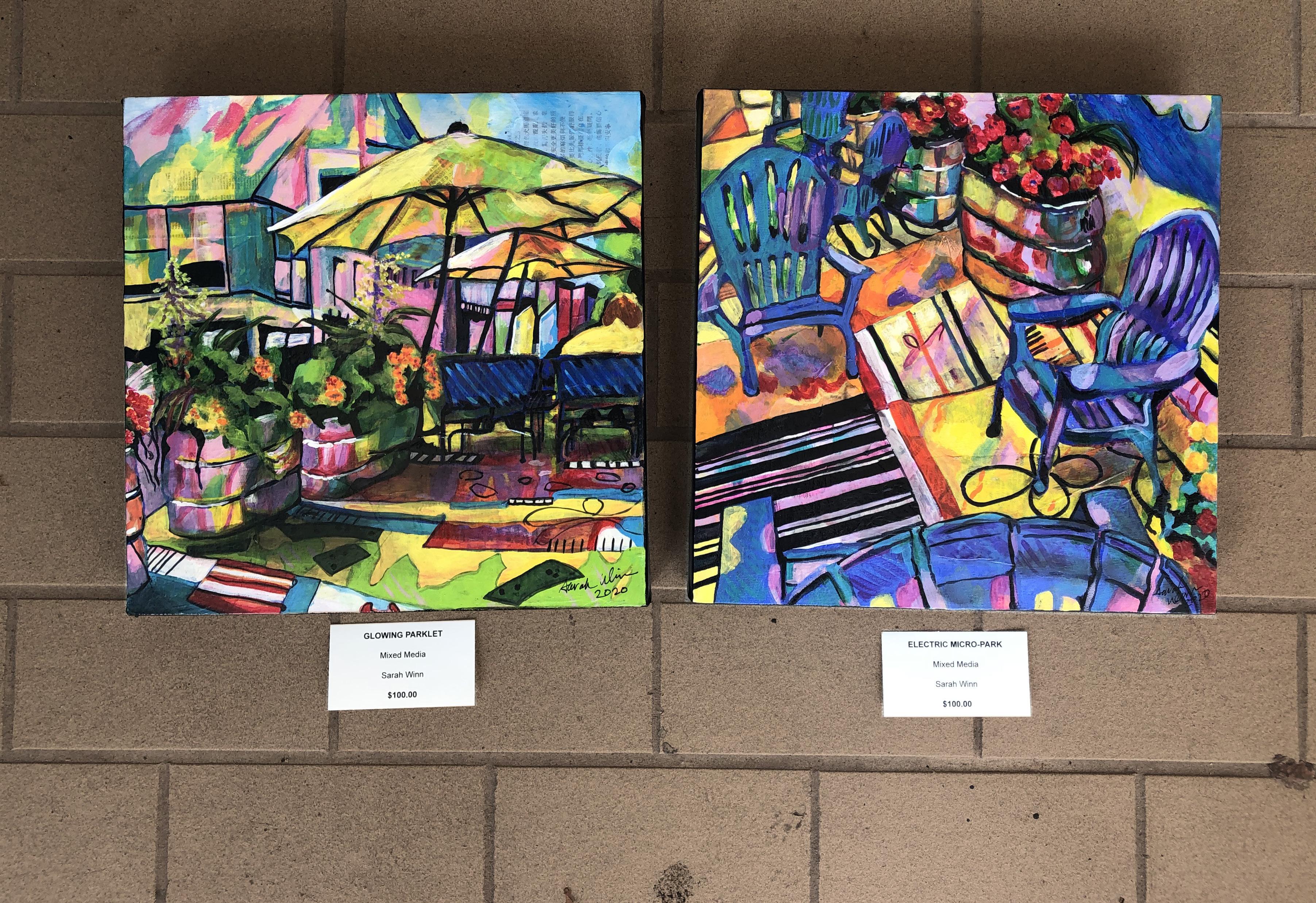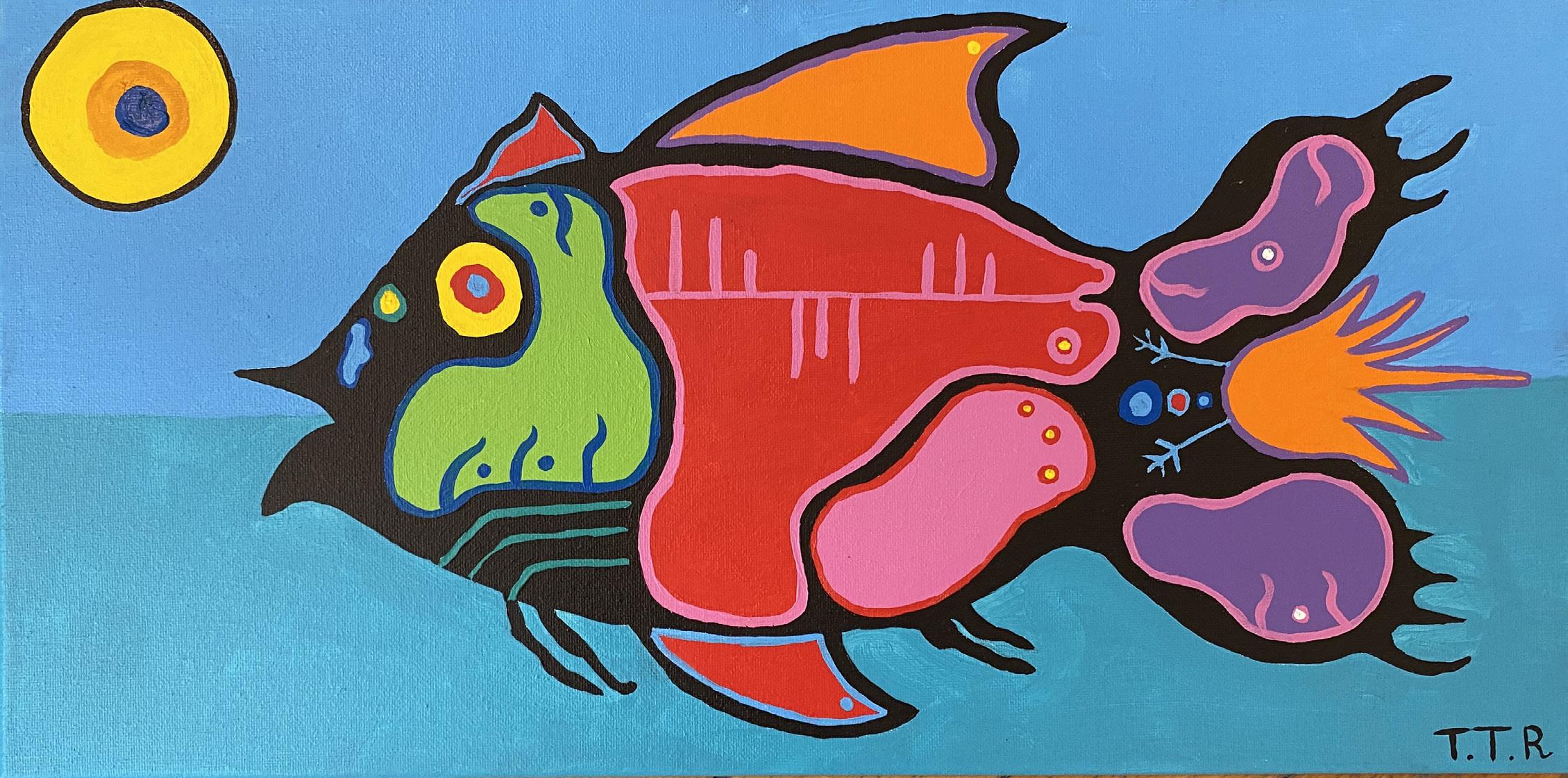Arts Education
Arts education during COVID -19 On March 12, 2020 the provincial government announced that Ontario schools would close for two weeks after March Break due to COVID-19. And then for months teachers, students and parents were caught in a limbo of uncertainty: when would kids go back? They expected to be home for a few weeks: the lockdown lasted 14.
When students returned to school in September (if they returned at all, as over 2,500 students registered for the new virtual school, the largest in the Hastings and Prince Edward County School Board) it was a very different world than what they were used to: high schoolers would attend four five-week octomesters, studying one subject for the entire day and stay within a single cohort of students, thereby limiting exposure. Schools banned visitors, enforced strict physical distancing restrictions and required everyone to wear masks. All teachers weathered a massive adjustment,
but some, due to the nature of their subject, felt the sting of COVID-19 in unprecedented ways.
The benefits of arts education are well established: beyond cultivating creativity, students exposed to art show increased confidence, improved communication, and enhanced cognition and critical thinking. As arts education is a core part of our mandate, we checked in with several teachers to see how they, and their students, are coping. “Making art with kids has been so good. Imagine doing math all day long. I can’t even,” says Lise Lindenberg, head of the art department at Eastside Secondary School in Belleville. “Being an art teacher is like running a studio instead of a classroom. You teach students a skill in the morning and give them practice time in the afternoon. I was looking at their portfolios and I can’t believe how many projects we completed in that four-1/2 weeks. The difference is they don’t have Umbrella, Fall / Winter, 2020 - 32
By Fiona Campbell
time to master anything because they don’t have long enough to do one thing. But they are being exposed to so many mediums.” That’s not to say that the new octomester format hasn’t created new challenges, even for experienced teachers. Firstly, teachers have had to stretch already tight classroom budgets even farther because supplies can’t be shared between students. Secondly, social distancing has changed the way students and teachers interact. “Usually I teach very holistically - a lot of small groups, sharing and looking at each other’s work, critiquing and back and forth,” says visual arts teacher Tisha Francis of Centre Hastings Secondary School (CHSS) in Madoc, Ont. “Now they can’t work in small groups, they’re not supposed to interact. That’s a huge thing for me to get over.” Even just taking a student's pencil to demonstrate a skill is off limits.
















